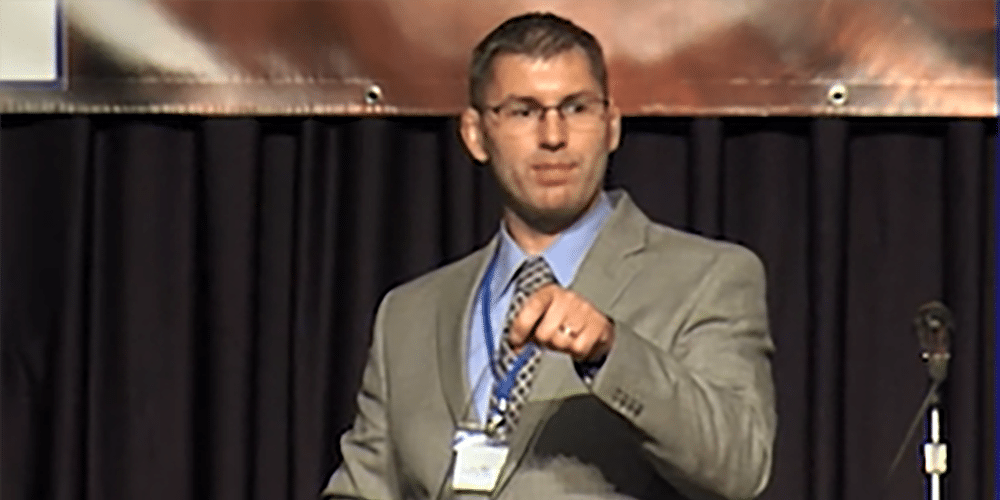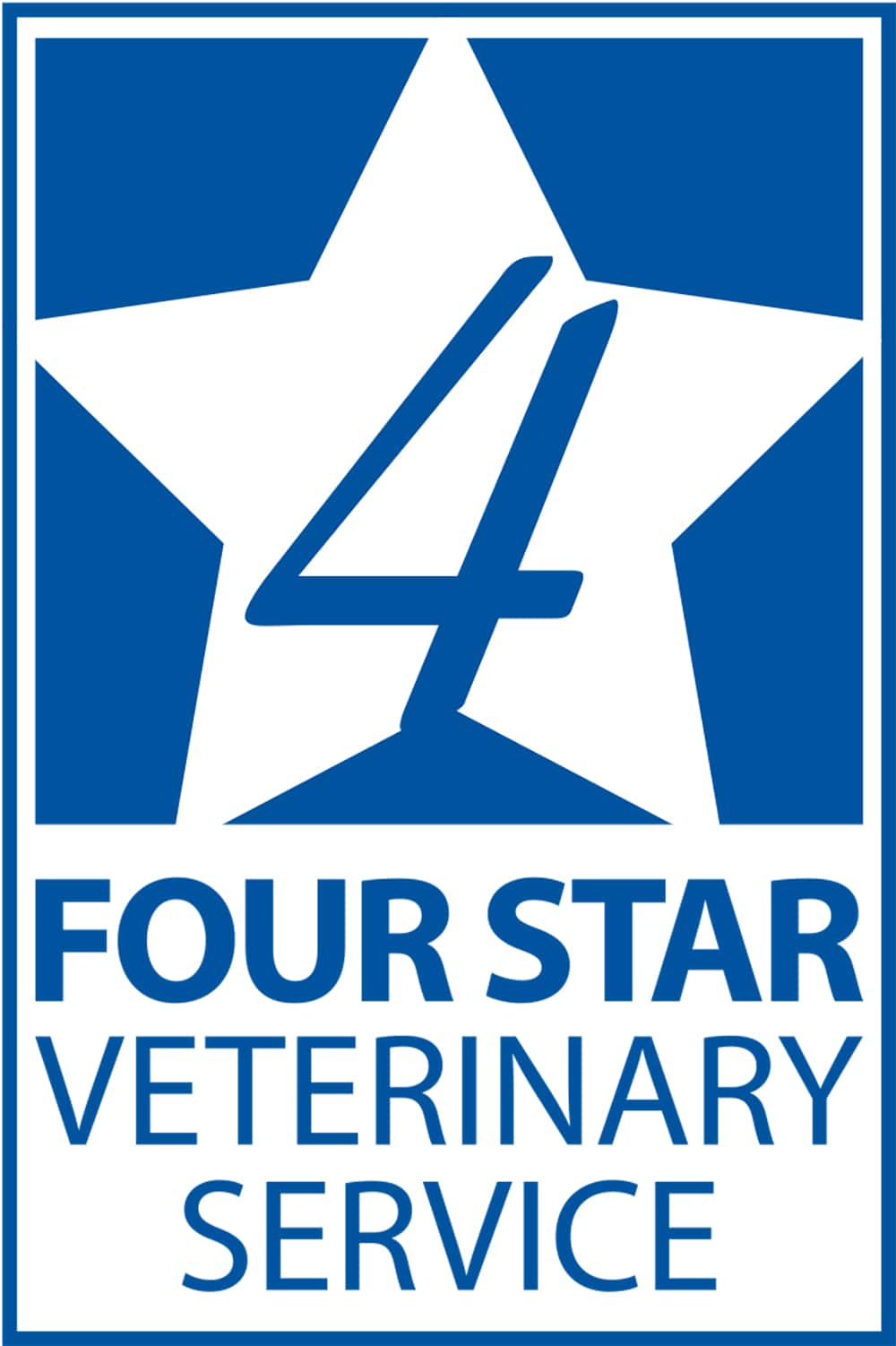
Dr. Mark Knauer, Swine Extension Specialist at North Carolina State University, spoke at the Four Star Veterinary Pork Industry Conference held in Fort Wayne, Indiana in mid-September about the importance of maintaining ideal body condition in the sow herd.
“Thin and fat sows reduce profit,” said Dr. Knauer. “With thin sows, we have animal wellbeing concerns and if you look in your records, you’ll see those thinner sows have a poorer farrowing rate. Thin gilts with big litters can be a potentially bad combination.”
Fat sows hit a producer with high feed costs. The traditional thinking was that fat sows would have farrowing issues, however Dr. Knauer said the data no longer reflects this. Regarding increased preweaning mortality, Dr. Knauer questions this thinking with fat sows as well noting that with larger litters, we could see a shift in optimal body condition and nutritional changes may be needed.
There are a few objective body condition tools available to pig producers. The A-mode ultrasound and B-mode ultrasound can work and have value, but there are more labor intensive. The sow caliper is a good tool, and it can train the eye to look for the ideal body condition. A study on the labor requirements emphasized the time required per sow by tool.

“The sow caliper probably isn’t going to be quite as fast as visual scoring,” he said. “But with the new 30-inch extension, you should be able to roll through those gals pretty quickly. With the ultrasound, you need to put the oil on and wait for it to read it, so it’s going to take longer and is perhaps the reason it’s not as widely adopted.”
Technologies used to estimate gilt/sow weight include the Kansas State flank-to-flank weigh tape and NC State’s heart girth “tube”.
“If I had sows in stalls, I would probably use the flank-to-flank tape,” he said. “The heart girth tape works a little better if you’re not in a pen and can just reach over the side of the gate.”

Future technology is coming that can snap a picture using a polarization camera and estimate body condition and potentially adjust feed accordingly. The current hold up on this tech is the cost of the polarization camera, which makes it too expense to implement at this time.
Why are objective body condition scoring tools important?
- Tools take the argument out of visual scoring by standardizing people and farms
- Trains employees to visually score body condition
- Fast/accurate BCS tools enhance profitability and animal well being
“We have a production system that we work with in Chile, and they were already doing a pretty good job scoring sows, but they implemented the caliper just to take the argument out of scoring,” he said.
The Knauer sow caliper is now sold and used in 39 countries across the world. The concept behind the sow caliper relates to the angle of the top of the animal when viewed from behind. This works across species – a very lean animal without much muscle will be very angular across the top. As an animal adds fat and muscle, the top becomes wider and flatter. Thus, the sow caliper simply measures the angle across the top of the sow.

The Knauer sow caliper sold now is version three and includes a 30-inch extension. The extension helps reduce labor, allowing farm staff to move through the sows faster. It is especially helpful for employees who are not very tall and don’t have long arms. The extension means they don’t have to get in the stall to take a measurement which saves time. It also works well in a pen environment because workers can stay outside of the sow flight zone.
What is “ideal” body condition?
“Ideal body condition score is perhaps finding the right balance of body reserves at farrowing given a farm’s lactation nutrient intake and health status,” said Dr. Knauer.

“In all these studies, there seems to be this curve pointing towards a potential optimal sow body condition score in relation to reproductive throughput,” he said.
During a summer 2021 study at a production system in North Carolina, Dr. Knauer looked at the percentage of sows conceiving by seven days after weaning.

“As you can see, these conception rates are quite low, but if you look at the trait, it’s not quite farrowing rate. It’s a little bit different,” he said. “This is also a good example of why it is important to maintain your cool cells because this farm was not maintaining them in lactation or gestation. Also, this farm was feeding a lactation feed that was very high in lysine, so that potentially covers some sins as well. In relation to the multiparty sows, body condition going into lactation didn’t really impact subsequent farrowing rate that much but in relation to gilts, it did. In gilts, there’s a linear decrease in subsequent farrowing rate if they were thin entering lactation. This farm appeared to have some issues with their gestation management of gilts.”
Implementing the sow caliper
- Find the last rib – some may struggle with this and need training
- Place the middle of caliper on back bone of the sow
- Measure all sows at weaning
- Identify thin and fat sows and use color spray to identify
- Place your thin sows, ideal sows and fat sows in groups so you can feed them accordingly

Preventing thin and fat sows
- During gestation, cull if no response to increased feeding after 30 days
- Prepare sows in late gestation for lactation. Increase feed late in gestation on thin sows, so they’ll come out of lactation in better condition
- Ensure high lactation feed intake
Preventing fat sows
- Prevention is key
- If she is fat, don’t try to fix it during gestation
- Don’t go below 3.5 lbs. of feed during gestation as it can impair piglet birth weight, piglet survival, weaning numbers
Recommended targets for BCS at farrowing
- Sows – high side of ideal
- Gilts – just into the fat category

